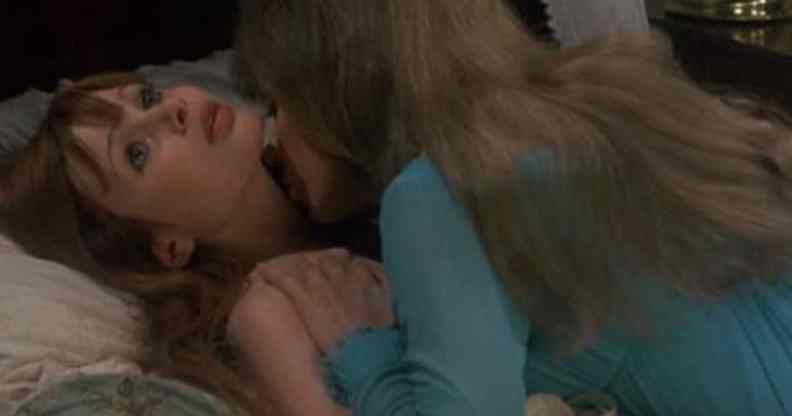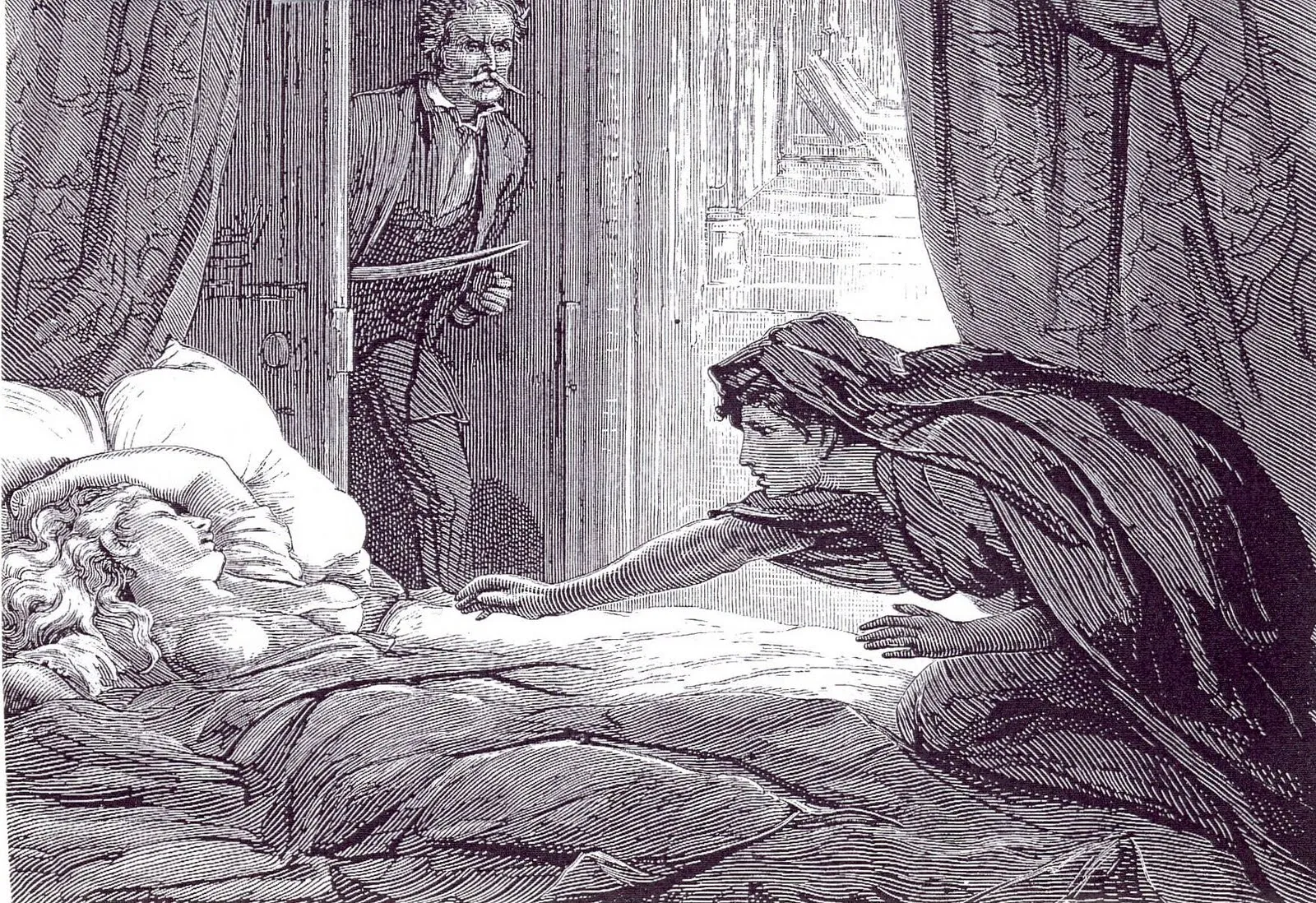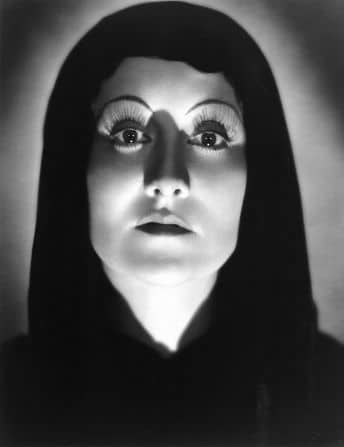A terrifying history of lesbian vampires: From 19th century scares to chilling moral panic

A still image from The Vampire Lovers, released by Hammer Horror.
When it comes to gender and sexuality, the horror genre has always been at the forefront of social change – even when it hasn’t always gotten it right.
In literature and later in cinema, horror brought queerness to the masses in ways that were groundbreaking, if often problematic. The lesbian vampire trope is one of the best examples of this.
For the most part, vampires in literature and film are male – but there are some crucial outliers. One of the most important of those outliers is Sheridan le Fanu’s 1872 novella Carmilla, which dramatically gave birth to the lesbian vampire as we know her today.
In the novel – which predated Bram Stoker’s Dracula – le Fanu wrote about a young, innocent woman who is preyed upon by a female vampire called Carmilla. Her romantic interest in her victim is often overt, and the novella has gone down in history for its surprisingly progressive approach to lesbianism and same-sex desire.
Just like that, le Fanu created a character that has cropped up time and time again. It has been a long and often rocky road for the lesbian vampire – they are sometimes borne out of misogynistic ideas about female sexuality, while others have specifically sought to depict homosexuality as a threat to society.
The lesbian vampire trope has often been used to cast same-sex desire in a negative light
It’s safe to say that the lesbian vampire genre hasn’t always championed meaningful queer representation. One of the earliest examples of this was the 1936 film Dracula’s Daughter. Released by Universal Pictures, the film was billed as a sequel to the 1931 horror classic Dracula. Naturally, they had to up the stakes – and they did that by introducing a lesbian vampire.
Played by Gloria Holden, she isn’t exactly explicitly queer – no character in a major studio picture was allowed to be such a thing in the 1930s. But to those in the know, Dracula’s Daughter was a perfect example of a studio using the art of cinema to remind audiences that homosexuality is dangerous. Vampires, like queer people, were outcasts from society – and the filmmakers were keen to drive that point home.
In one scene, the title character, Countess Marya Zaleska, preys upon Lili, a young woman she has invited to pose for her. The scene is noticeably homoerotic – Universal even capitalised upon the film’s overt lesbian themes with its advertising campaign. “Save the women of London from Dracula’s Daughter!” read the dramatic tagline for the film.
Behind the scenes, the studio’s approach was very different – in fact, that scene was changed to make sure it got past film censors. Production Code Administration boss Joseph Breen said the scene would require “careful handling to avoid any questionable behaviour”, and Universal took those concerns seriously.
View this post on Instagram
The original plan was that Lili would be posing in the nude for Countess Marya, but that was rapidly changed once the Production Code Administration weighed in. They urged Universal to make sure there was “no suggestion” that Lili undresses in the film, and asked that the scene be immediately followed by one showing Lili being rushed to hospital to make it clear that she had been attacked.
“The whole sequence will be treated in such a way as to avoid any suggestion of perverse sexual desire on the part of Marya or of an attempted sexual attack by her upon Lili,” Breen wrote at the time.
Vito Russo, an acclaimed gay film historian, later wrote in The Celluloid Closet that one of Countess Zaleska’s purposes in the film was to show the “essence of homosexuality as a predatory weakness”.
Many viewers of the day completely missed the lesbian allusions in Dracula’s Daughter, of course – but some reviewers did pick up on the underlying theme. Russo’s book quotes one contemporary review from the New York World-Telegram which noted the Countess had a tendency to wander around “giving the eye to sweet young girls”.
Hammer Horror pushed back against censors and brought queer vampires to the masses
In the 1960s and 1970s, the depiction of lesbian vampires kicked up a gear. The 1964 film Terror in the Crypt alluded to a subtle same-sex attraction between a vampire and her victim – but it was the Karnstein Trilogy, released by Hammer Studios, that really changed the game.
The first film in the trilogy, The Vampire Lovers, was released in 1970 and starred Ingrid Pitt as lesbian vampire Mircalla Karnstein. The film was based on Carmilla and naturally, it included some of the novella’s lesbian themes. The Vampire Lovers quickly became a source of contention for film censor John Trevelyan. When he received the script, he was quick to warn Hammer Studios that they should back away from their overt depictions of lesbianism. Notably, he backed down when Hammer told him the lesbian themes had actually come from the source material.
Next up was Lust for a Vampire, which followed Mircalla as she seduced and murdered young women in an exclusive girls’ school. The material was mostly new, so Hammer Horror was forced to back down on its lesbian themes, and the film was not as overtly queer as its predecessor. The series ended with Twins of Evil, which contains only passing reference to lesbianism.
It was around this time that filmmakers started to realise they could also harness the power of the lesbian vampire genre for erotic means. In 1971, Vampyros Lesbos was released – a German-Spanish erotic film directed and co-written by Jesús Franco. In Vampyros Lesbos, Linda Westinghouse’s character has erotic dreams about a lesbian vampire who seduces her and drinks her blood. She later comes face to face with the vampire.
Vampyros Lesbos has a mixed legacy today, but it remains significant in the history of queer cinema for its unabashed approach to female same-sex desire.
The lesbian vampire has been repeatedly parodied
There are so many examples of lesbian vampires that it’s almost impossible to list them all. Countless filmmakers have used the genre to depict same-sex desire on screen, even when doing so was taboo.
Naturally, as often happens when a story becomes a trope, the lesbian vampire has been endlessly parodied. It started in the 1990s as comedy writers presumably looked at the deluge of lesbian vampires in film and realised there was something there.
The lesbian vampire was parodied in an episode of Dr Terrible’s House of Horrible and in the British vampire film Razor Blade Smile. One of the strangest examples is Jesus Christ Vampire Hunter, a 2001 film that saw Jesus Christ fighting vampires to protect lesbians from being turned into blood-sucking monsters themselves.
One of the best known films to parody the lesbian vampire genre is, of course, Lesbian Vampire Killers. Released in 2009, the film – which starred James Corden and Mathew Horne – follows two men who arrive in a small village only to discover that all young women who live there become lesbian vampires on their eighteenth birthdays.
Lesbian Vampire Killers was panned on its release by critics. Writing for The Times, James Christoper described it as “profoundly awful”, adding that it was an “instantly forgettable lads’ mag farce”. Others condemned the film for its bad writing and ridiculous storyline.
But the very existence of that film shows just how important lesbian vampires are to the horror genre. We see them cropping up in horror films less often today – perhaps modern day filmmakers realise the trope has been well and truly worn out – but the plethora of lesbian vampires throughout 20th century cinema shows that directors and studios alike were fascinated by what horror could achieve.
Horror has the ability to challenge societal perceptions of marginalised groups – and the many lesbian vampires who proliferated throughout the 20th century proved this. But the genre can also be used to induce moral panic and to scare audiences.
The lesbian vampire genre hasn’t always given us good, meaningful representation – but there’s no doubt that these blood-sucking monsters were often groundbreaking in their own subtle way.



